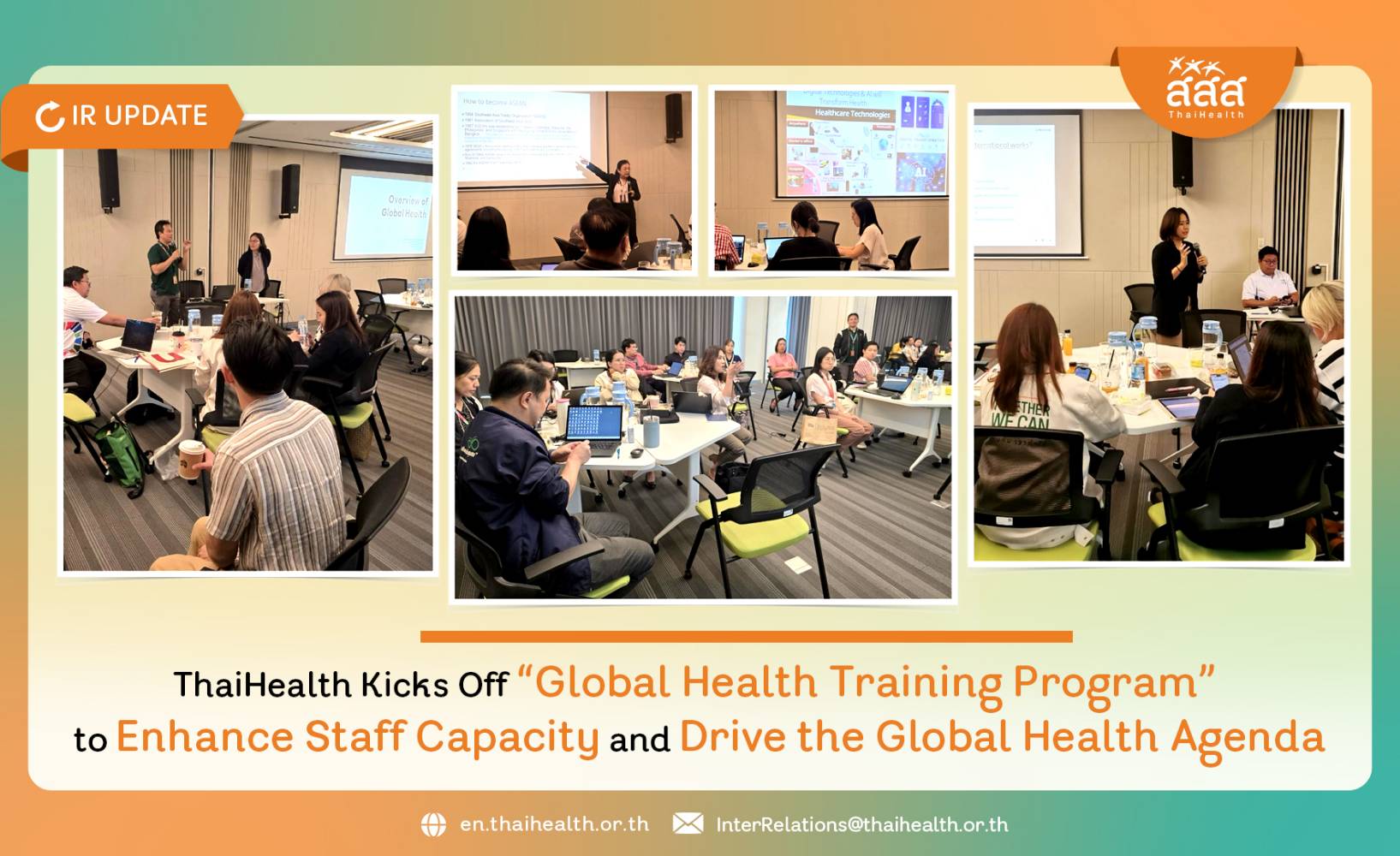
Consumer Situations 2014
Amidst the large variety of consumer products, it is undeniable that there are products that are not safe hidden somewhere. It’s a risk that consumers have to face, or even take health risk.
The Health Consumer Protection Programme (HCPP), Chulalongkorn University, under academic collaboration of Thai Health Promotion Foundation (ThaiHealth) has released the “National Indicator of Health Consumer Protection” to assess the current situation and to be guidelines for the consumer protection system in Thailand.

In the recent first National Consumer Council of Thailand, Dr Wanna Sriviriyanuparp, HCPP Deputy Manager, said that the National Indicator of Health Consumer Protection in 2014 discovered that 79.8% of consumers in Thailand are having good knowledge about health consumer products. They can choose by themselves to purchase and consume products that are in good quality and up to the safety and other standards. 89.3% of the samples are having fair knowledge about health consumer products.
Furthermore, the indicator also found that 65.5% have been found to consume food with high fat content; 49.6% have been found to drink soda pops, and sweet beverages; 35.5% have been found to consume crispy snacks. In general, the indicator found that consumers knew well how to protect their own rights when they had problems about consumer products, as 77.3% of the samples have been found to request for refund and return the goods.
Dr Wanna added that, in terms of quality of products and services, some 17.3% of health products have been found to be under standards, and 13.6% of fresh food with excessive contaminants. 98.0% of the entrepreneurs have been found to have good level of standard responsibility, yet some were found to have manufactured products that are under standards. The number of hospitals registered under National Health Security system accredited under HA (Hospital Accreditation) has been found to increase continuously, yet there were some cases of complaint.

“As for news and information about consumer protection, consumers have been found to have little access to such informations, saying there were only two television programmes about consumer protection in a year. The number of printed articles about consumer protection were just 16.7 articles per year, which is a very small number,” said Dr Wanna.
Speaking about “Classification of Unsafe Products” project, Dr Vithaya Kulsomboon, Manager of HCPP, said that the first five unsafe products are 1) agricultural chemicals contaminated in fruits or foodstuff, 2) toxic contaminated cosmetic products, 3) repeatedly used cooking oils, 4) contaminating steroids in medicinal products in communities, and 5) formaldehyde in food products.
“The survey, problem gathering, and classification of unsafe products are another way to help consumers to have the necessary information and ‘be ahead of the current’ before choosing to buy certain products. Relevant agencies should write up measures or plans to solve the problems of unsafe products for the sake of consumers’ health,” Dr Vithaya concluded.
Consumers’ problems come in wide variety. Consumers themselves must have the necessary information to be ahead of the situation, for their own safety and health.






